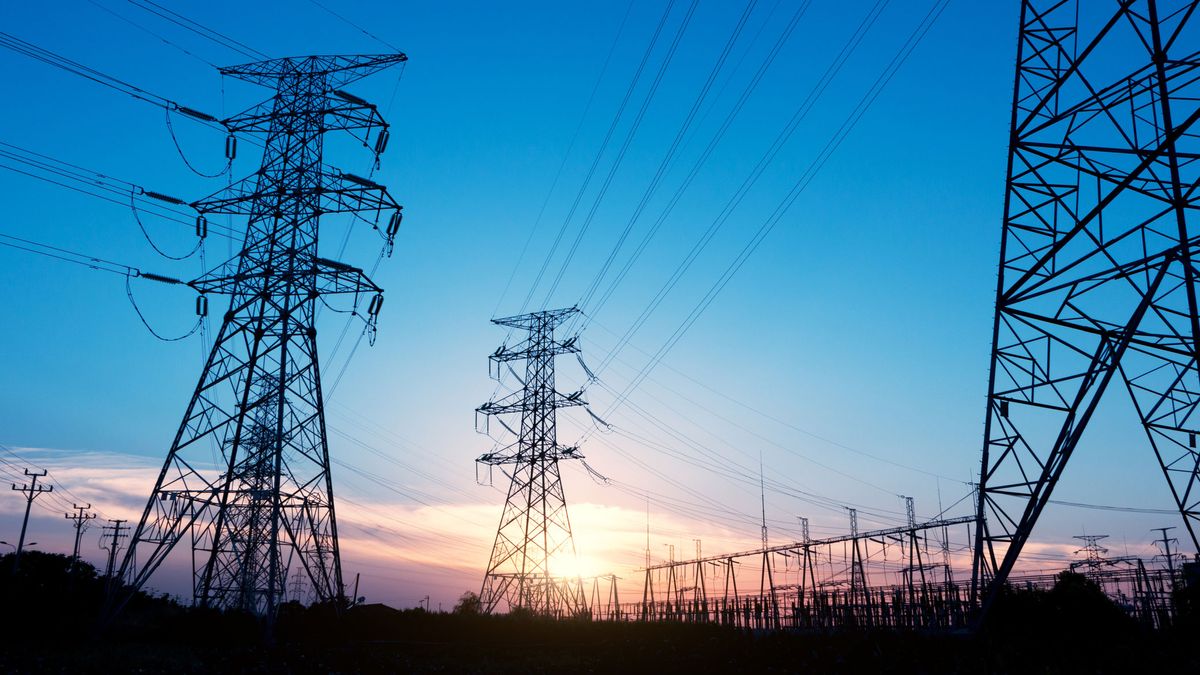Working...
Searching...Please wait.
An unexpected error was returned: 'Your submission could not be processed because you have logged in since the previous page was loaded.
Please push the back button and reload the previous window.'
An unexpected error was returned: 'Your submission could not be processed because the token has expired.
Please push the back button and reload the previous window.'
An internal error has occurred and the module cannot be displayed.
There are no results that meet this criteria.
Search Result for "|||"








Comment